Exhibition: Edgar Martins’ “This is not a House” questions the certainty of photography
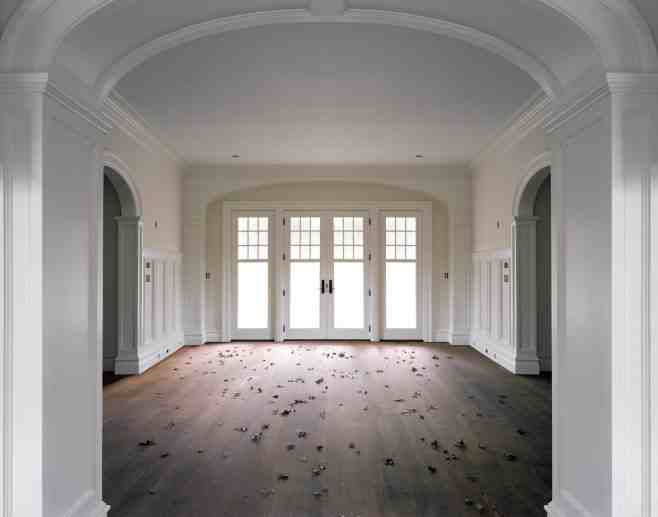
It is still possible to outrage anybody by publishing Photoshopped images? It seems it is, when they are ignorantly printed by a supposedly objective magazine as a factual representation of reality. This happened to a series of photos by Edgar Martins, “This is not a House”, which are now presented at The Wapping Project Bankside.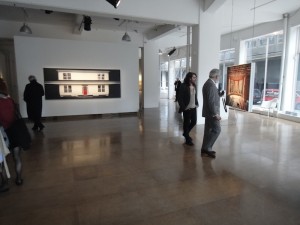
It was 2007 when the terrible outcomes of mortgage crisis in the USA severely affected the real estate market. Subsequently, the New York Times commissioned Edgar Martins (born in 1977 in Portugal) to create a series of shots for a photographic essay. If a newspaper assigns an artist to look at the economic situation, it probably does so to show some new side of the problem. Following Romantic and Modernistic notions of what an artist is, it is believed that he/she can see things that are not seen by the rest of society, capture them in art and reveal to the public. But is a photographer allowed to do so?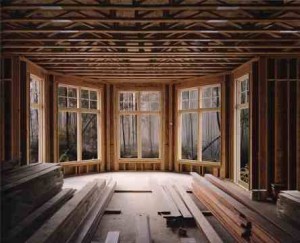
In winter 2008 Martins was traveling around the US capturing the victims of the crisis in the housing market. His disturbing photos depict empty, oneiric interiors of abandoned houses, rich surfaces of neglected walls, rhythmical skeletons of supports of unfinished investments or rolling hills of forgotten golf patches. But when, after publication, it came out that images were digitally manipulated, the commissioner withdrew the work triggering a fierce debate. As an answer Martins published an essay, “How can I see what I see, until I know what I know?” arguing that his work, rather than following the rules and aesthetics of photojournalism, is examining the mechanism of creating narratives and the way in which viewers respond to pictures, rehearsing their own exclusion in Lacanian act of recognition. Looking, seeing and understanding are not natural and unbiased acts, he seems to imply.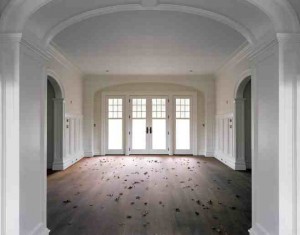
The photos were not meant to misinform or distort the reality, as the alterations were not vast. The author told a story, built a mood and prompted a reaction by means of artistic communication rather than by journalistic accuracy. “Some truths cannot be told except as fiction,” said Fernando Pessoa, and art indeed, has always done so. And it is the art world where “This is not a House” found a safe harbour, in isolated spaces of several galleries, where the shots can be accompanied by echoing sound of dripping water, and in a book (the series was published in by Dewi Lewis, 2011), which can comprehend the philosophical and historical context of Martins’ decisions.
Touching upon essential difficulties of contemporary world, the series is poignant and distressing. But it does also, or probably foremost, interrogate the nature of an objective information. The questions around truth and verisimilitude in Photography, which are so apparent in Martins’ snapshots, may be as well applied to all media of communication. Even if images are not altered, is there anything like the innocent eye or impartial data? In fact, Martins’ work is a simulacrum, a copy without the original, but don’t we live in a world empowered by simulacra?
Agata Gajda
Edgar Martins’ “This is not a House” is on display from 9th May to 30th June 2012 at The Wapping Project Bankside, 65a Hopton St, SE1 9LR. Find out more here.


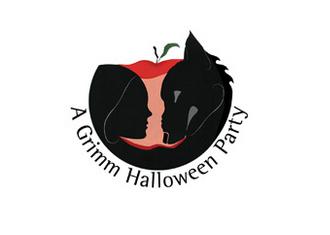
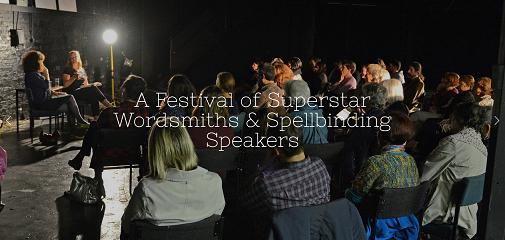



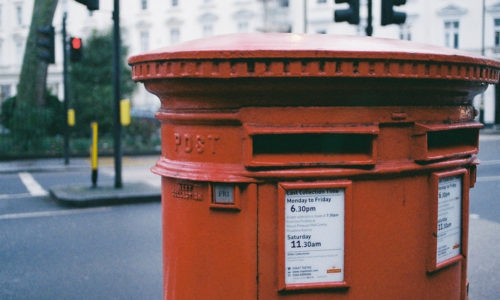



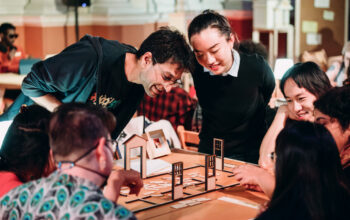


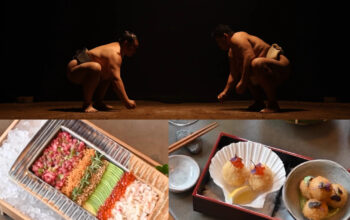




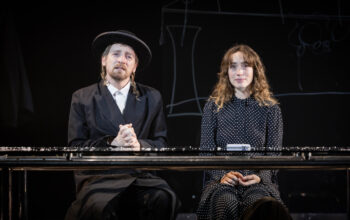


Facebook
Twitter
Instagram
YouTube
RSS